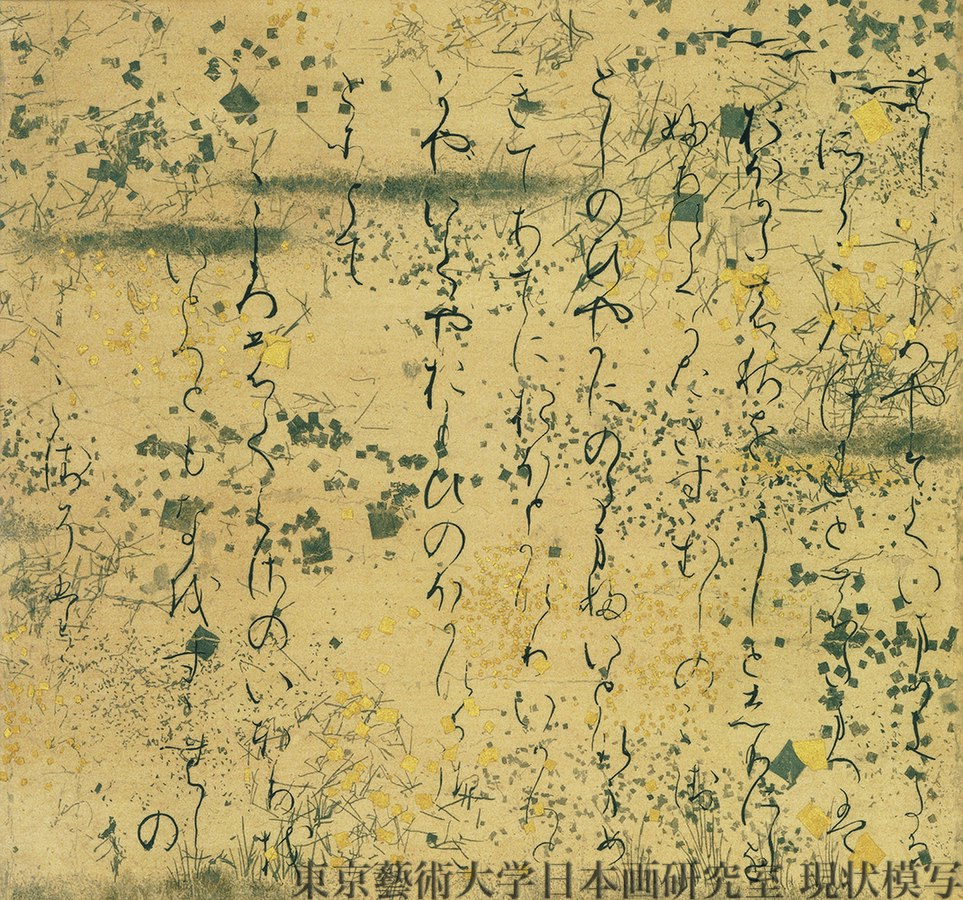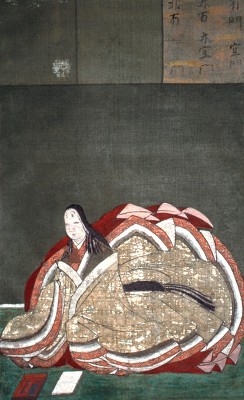
Murasaki Shikibu: The Woman Behind the World’s First Classical Novel
The Japanese novel “The Tale of Genji” is considered to be the world’s first classic novel. Written in in 1008 AD written entirely in Hiragana script, the novel is a tale of the life and loves of Hikaru Genji, son of a Japanese emperor, and of the customs of the Japanese aristocracy.
“The Tale of Genji” was written to entertain Japanese aristocratic women, the novel contains many of the structural elements found in modern —a central character, minor characters, narrative events, parallel plots, and conflict. As in real life, the characters age and evolve over the course of the story. The classic tale has been translated numerous times into English and consists of more than 1,600,000 characters. It never ceases to captivate a reader. But who really is the author of “The Tale of Genji”?
A descendant of the influential Fujiwara clan
“The Tale of Genji” was penned by Murasaki Shikibu or Lady Murasaki. She was a Japanese poet, novelist and lady-in-waiting at the Imperial court during the Heian period. Murasaki was born in 973 in Heian-kyō or Kyoto, into the northern Fujiwara clan descending from Fujiwara no Yoshifusa, the first century Fujiwara regent. The influential Fujiwara clan dominated court politics until the end of the 11th century through the use of regencies and strategic marriages of their daughters into the imperial family.
Women from the Heian period were traditionally not included when being taught Chinese which was the written language of government. Lady Murasaki, who was raised in her father’s scholarly household, displayed an aptitude for the Chinese classics and became fluent in the language. Murasaki married in her late twenties and gave birth to a daughter before her husband passed away only a couple of years after they were married. There is no clear evidence when Lady Murasaki began writing “The Tale of Genji” but it is assumed it was while she was married or soon after she was widowed.
Momoyama-period Portrait of Murasaki Shikibu
A timeless tale
Sometime in 1005, Murasaki was asked to serve as a lady-in-waiting by the Japanese statesman, Fujiwara no Michinaga, to Empress Shōshi at the Imperial court, because she was known to be a good writer. Lady Murasaki continued to write during her tenure as lady-in-waiting and incorporated scenes from court life to her work. After holding her position for about six years, she retired and left the Imperial court with Shōshi to the Lake Biwa region.
Murasaki wrote the volume of poetry The Diary of Lady Murasaki, and “The Tale of Genji”. The latter being recognized as a classic of Japanese literature with ukiyo-e woodblock masters illustrating scenes from her work.


